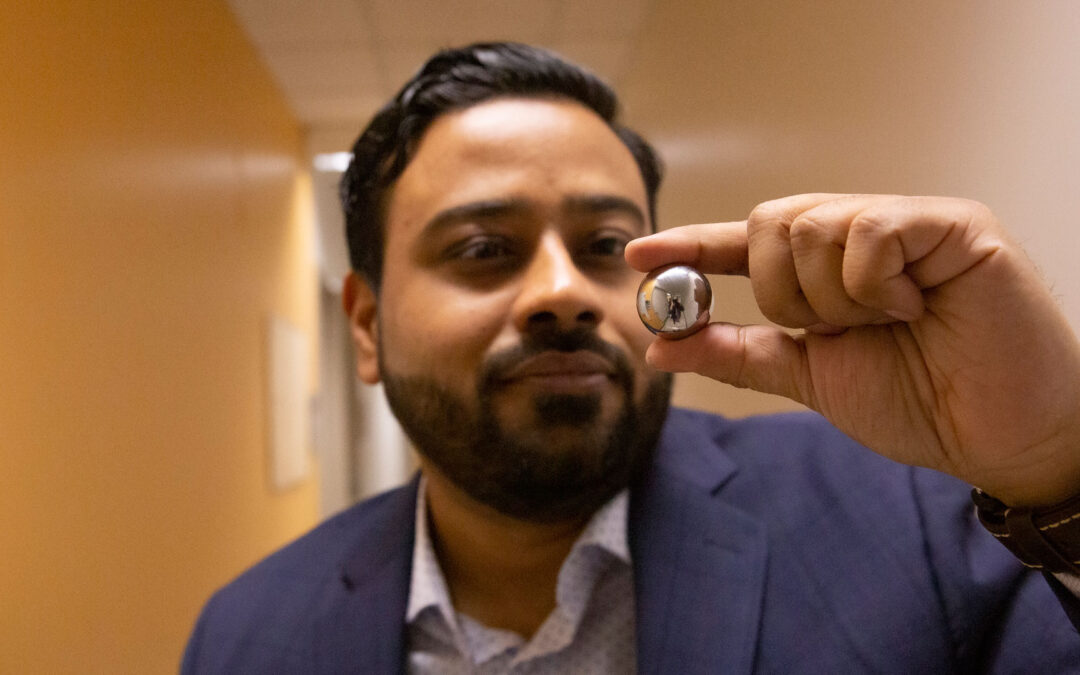Steel has been the backbone of infrastructure and industry for more than 150 years. From construction to power generation to the automotive industry, steel’s use in almost every aspect of our lives worldwide is only increasing.
“Although steels have been used and studied for many generations, understanding how different processing conditions specifically impact steel microstructure (how the material components are arranged) is somewhat limited. This is particularly the case in commercial steels where complex chemical compositions make it difficult to understand what is occurring at the atomic level,” says Kumar Ankit, an assistant professor of materials science and engineering in the Ira A. Fulton Schools of Engineering at Arizona State University.
